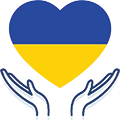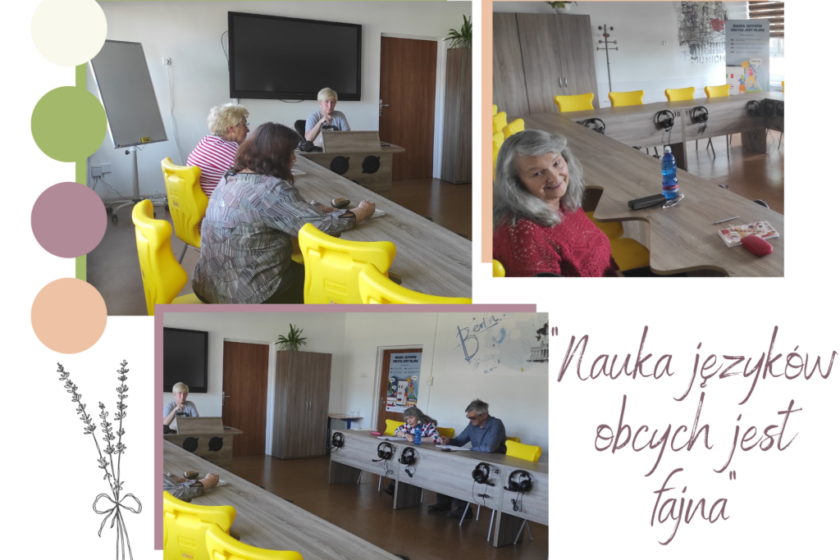Croatian cuisine is famous for its incredibly rich, varied and, above all, tasty dishes. You can find here elements of Mediterranean cuisine as well as typical Balkan flavors. Each region of Croatia has its own unique delicacies, but what they have in common is their extraordinary aroma
and taste.
On June 24, 2022 at the First Degree Industry School in Sosnowiec at ul. Szymanowskiego 3b, there were culinary workshops during which seniors prepared Croatian specialties along with original recipes, i.e .:
- ČOBANAC – stew made of several types of meat;
- Dalmatian fritule, or Croatian small donuts;
- PUNJENA PAPRIKA, ie stuffed pepper;
- Shrimp pasta with cherry tomatoes and parsley;
The full recipes of the above-mentioned specialties will be available on the blog. Contemporary Croatian cuisine, despite the fact that it is so diverse, always remains delicious. The richness of the cuisine is enormous. Everyone will find something for themselves. Culinary workshops were conducted as part of the “World on a plate” project – 2021-2-PL01-ESC30-SOL-000040182.














